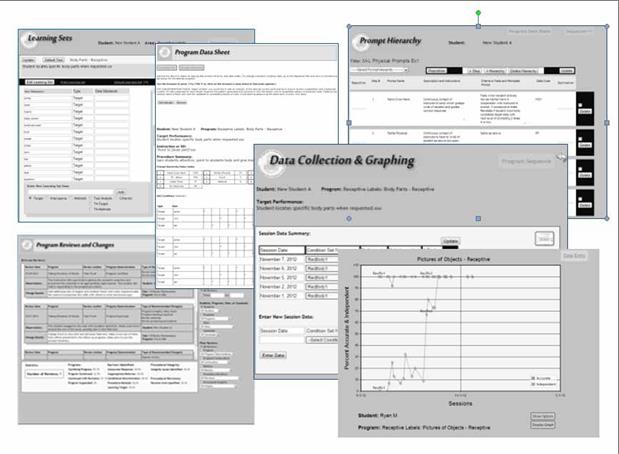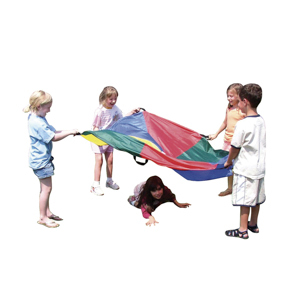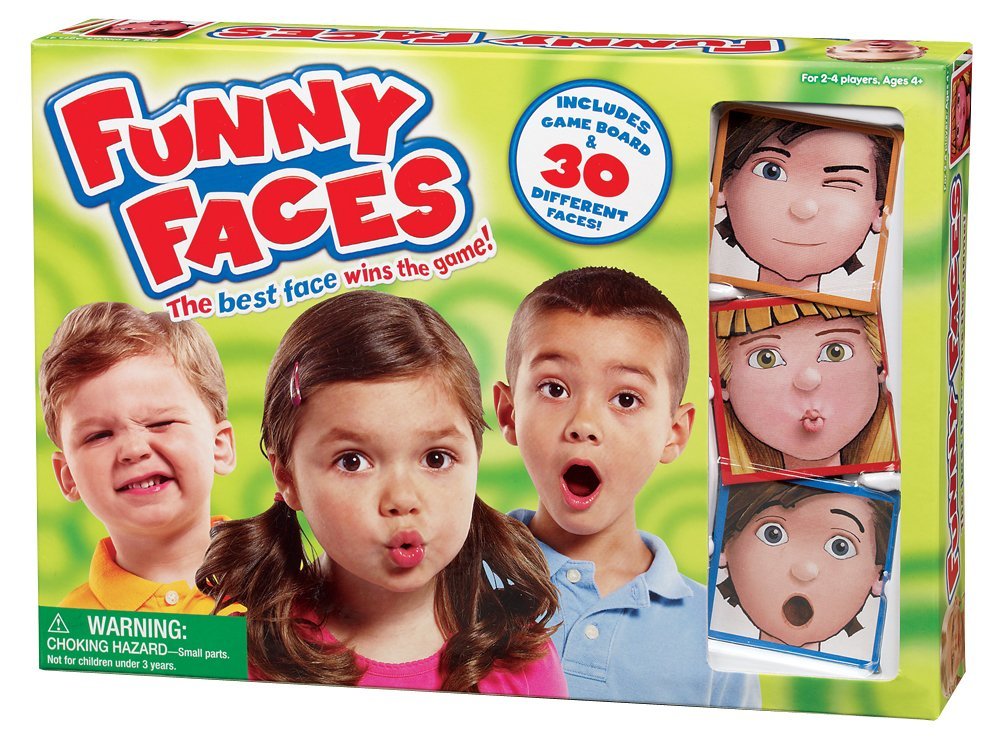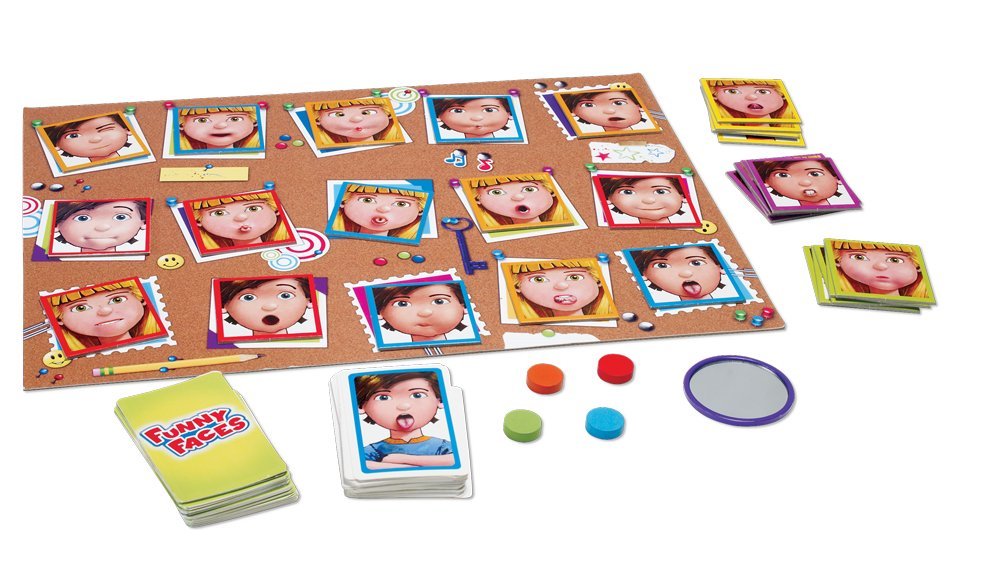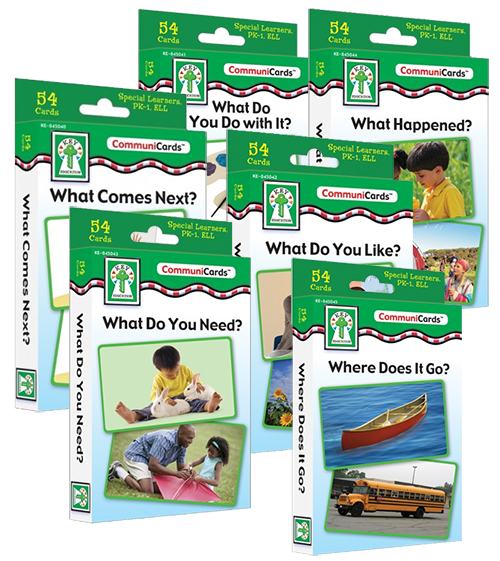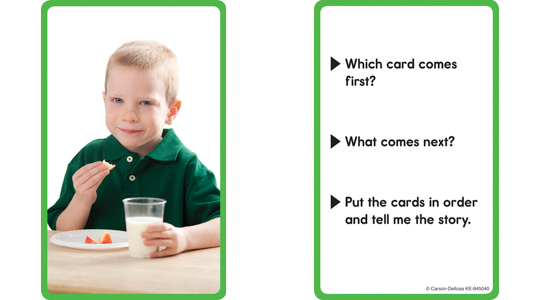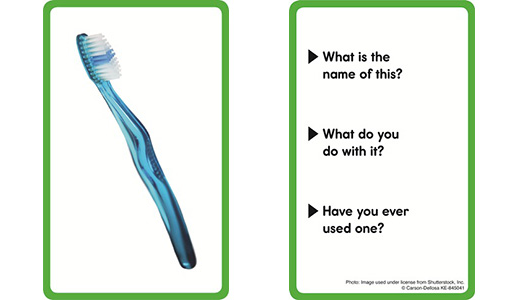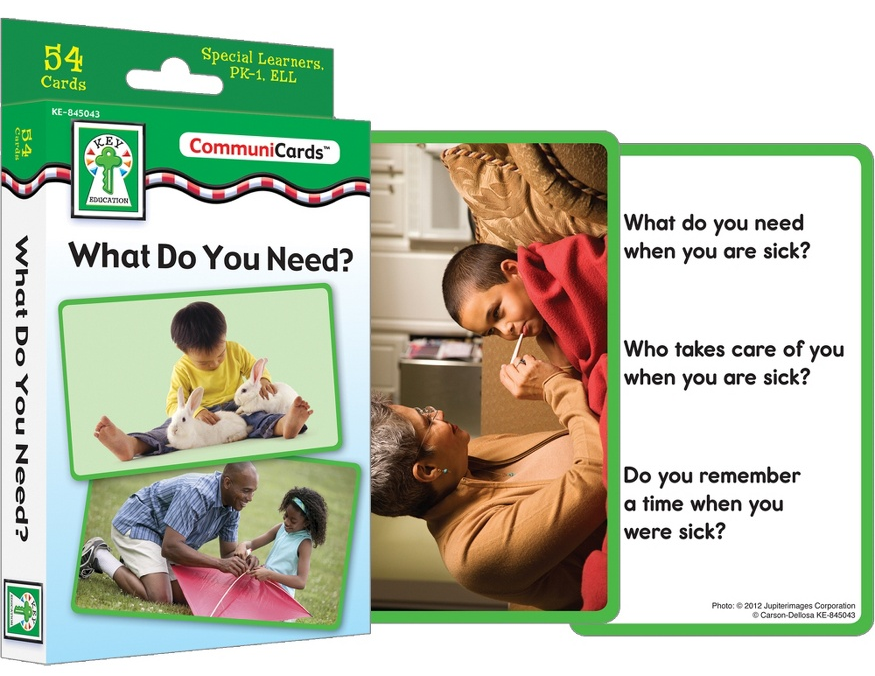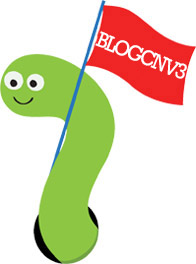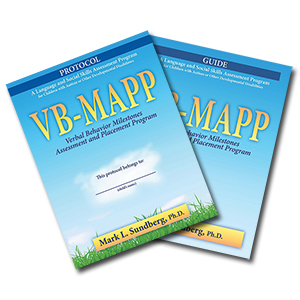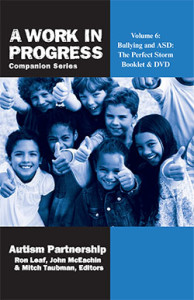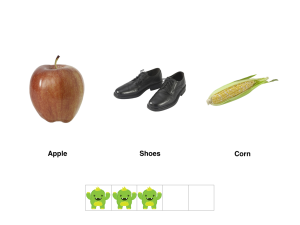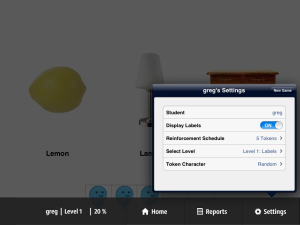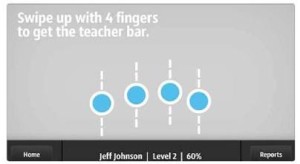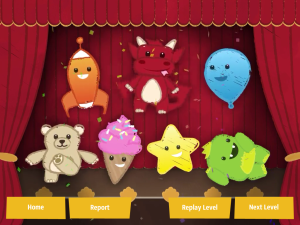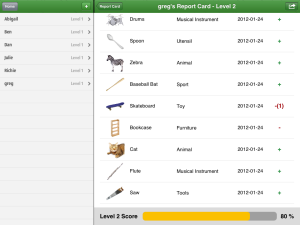We came across this great post on ABA and Autism by our friend Brenda Kosky Deskin over at AutismBeacon.com and wanted to share it with you. It’s a good read!

Applied Behavior Analysis, or ABA, has been around for years, helping people of all ages on the Autism Spectrum learn and thrive. Some, however, frown upon its use with autistic individuals but I suspect that those who don’t like ABA might not know what ABA really is and is not. I hope that by clearing up some widely held misconceptions about this evidence-based intervention for Autism, that more individuals will embrace ABA as their treatment of choice for their students and loved ones on the Autism Spectrum.
1) Myth: ABA is not effective
FACT: Of all treatments associated with Autism, ABA is the one that has the most peer-reviewed scientific research behind it to support its efficacy. If you would like to learn more about the importance of evidence-based practice with respect to Autism, The Association For Science in Autism Treatment (ASAT) features an excellent article on its website about this very topic.
2) Myth: ABA is punishing and unpleasant
FACT: While it is most unfortunate that some of the pioneers of ABA back in the late ’50s used physical punishment in their teaching procedures, today’s ABA programs depend primarily on praise and preferred items as a means of rewarding a learner for a job well done. Technically speaking, a “punishment” in the world of ABA today would be considered using the word “no” or sometimes if necessary, perhaps withdrawing a preferred object. Even these punishments procedures are used rarely and only when absolutely necessary in any of the quality programs of which I am aware. Certainly any physical or verbal punishers that are abusive in nature should not be tolerated nor considered acceptable. In fact, the importance of using methodologies that focus on reinforcement rather than punishment are written right into the Code of Ethics of the Behavior Analysis Certification Board (BACB).
As I state often, a good ABA program is a fun ABA program. My son, Michael, is very fond of his ABA therapists and has a great time with them. His therapy program includes visits to the book store, walks in the forest, swimming, go-karting and countless other activities that he enjoys. A talented and knowledgeable ABA therapist takes an activity his or her learner likes and turns it into a teaching opportunity that his learner will enjoy.
3) Myth: ABA means hours of sitting knee-to-knee at a table doing drills
FACT: This is a very common misconception. What is being described here is a teaching methodology called “Discrete Trial Teaching” or “Discrete Trial Training.” It is only one of many different teaching methodologies used in an ABA program and should never be relied upon as the only approach to teaching an individual on the Autism Spectrum. No one wants to nor should spend hours sitting at a table learning. Incidental Teaching, for example, is another ABA-based teaching approach that is extremely effective and can be used in many different environments and situations.
5) Myth: ABA is only appropriate and effective for young children
FACT: As we are all very well aware, people of all ages can and do learn. People on the Autism Spectrum are no exception. While the major, groundbreaking studies on the overall effectiveness of ABA in treating individuals on the Autism Spectrum all focused on children, there are numerous smaller studies which examine the use of ABA to address specific tasks including clothing selection, appropriate mealtime behaviors, vending machine use, non-disruptive bus riding, and the list goes on. Many of these studies’ participants are autistic adults and the results are promising indeed, proving that autistic individuals of all ages can make tremendous gains given ABA-based instruction.
States Dr. Bobby Newman, PhD, BCBA, on this topic, “Learning goes on throughout life. The principles of learning upon which ABA heavily relies are universal, as far as we know, going across species and CERTAINLY across the lifespan. A teenager or adult is nowhere near done. I would argue, in fact, that the need for good solid ABA-based instruction increases rather than decreases as the student ages toward adulthood. Many new demands will be placed (e.g., vocational, travel, independent living, etc.), and school/instruction hours often decrease. This increases the need for scientifically-based and efficient instruction; it doesn’t decrease that need.”
6) Myth: ABA is only for people who have Autism
FACT: ABA has proven to be effective in a wide variety of applications including rehabilitating stroke victims and individuals with acquired brain injuries. Whether many of us are aware or not, it has many other day-to-day applications within the general population as well. We use ABA strategies to train our dogs. Many good parenting practices have strong roots in ABA. (Have you ever given your toddler a sticker for using the potty?) ABA techniques can also be used to overcome different kinds of social or behavioral problems including dieting and quitting smoking. Do you ever reward yourself for hard work with say, a visit to the spa or by taking a vacation? Has your boss ever recognized your work endeavors with a compliment (otherwise known in the world of ABA as a “Social Reinforcement”) or a bonus or raise (a “Tangible Reinforcement”). These every-day principles are really no different than those used in an ABA program for an individual on the Autism Spectrum.
7) Myth: ABA is all about bribing people with food and toys
FACT: It is important to recognize that there is a major difference between a bribe and a reinforcement. A bribe is a type of negotiation before something occurs. It is stated or implied that “If you do this, you’ll get…”. On the other hand, a reinforcer is something favorable that a learner receives for a job well done after it occurs. In this way, it is allowing the learner – often subconsciously – to start pairing or making associations in his mind between the behavior that he has already done, with the reinforcer that he receives immediately after. With repeated practice, after these associations are firmly ingrained in the learner’s mind, the reinforcer can then often be removed all together as the newly learned behavior becomes habit.
With respect to what is actually used as a reinforcer in an ABA program, I again make reference to the Code of Ethics of the Behavior Analysis Certification Board (BACB):
“The behavior analyst minimizes the use of items as potential reinforcers that maybe harmful to the long-term health of the client or participant (e.g., cigarettes, sugar or fat-laden food)”
My son, for example, has never been rewarded with food. His therapists use whatever happens to be motivating to him at any particular moment and this could and does change all the time. Some of his reinforcers include swimming, looking through stacks of photographs, searching for YouTube videos, and therapists repeating lines from his favorite movies.
8) Myth: ABA only helps treat behaviors; it can’t help teach actual skills or language
FACT: While ABA-based interventions are certainly ideal for addressing problem behaviors like physical aggression, tantrumming and the like, they are equally effective in teaching new skills and promoting language development. Michael has learned how to fold laundry, prepare a snack and a myriad of other important life skills from his ABA therapists. Academics like reading, writing and math can also be taught successfully within the confines of an ABA program.
9) Myth: ABA is a one-size-fits-all treatment
FACT: While there are many excellent books and computer-based resources available for parents that can help educate them about ABA and even provide basic foundations and curriculums for an ABA program, in an ideal world, these should not be relied upon exclusively. Because every person with Autism is different, every ABA program must accordingly be customized to every learner’s unique set of circumstances, abilities and challenges. Furthermore, learners’ needs and behaviors can turn on a dime so expertise is needed in order to correctly analyse these changes and devise solutions that are based on years of education and training in the field. This experience can best be found in an ABA professional who is certified with the Behavior Analyst Certification Board.
10) Myth: ABA can or should only be done during “therapy time”
FACT: An effective ABA-based intervention, to a certain extent, runs 24-7. I’m by no means stating that a learner should be deluged with information or have demands put upon him during his every waking moment. What I’m talking about here is consistency.
I too often see kids who go to an ABA school and have great behaviors, toilet independently and thrive under these predictable learning environments. Then they go home where the same expectations are not upheld. Kids of all ages are going to “test” their parents and caregivers whether they are autistic or not. If we don’t maintain the same expectations of our kids at home that their teachers have of them in school, it is almost guaranteed that behaviors will worsen and anxiety levels will skyrocket. Conversely, some parents run great ABA programs at home which are then undone by teachers who don’t adhere to the same ABA principles in their classrooms where the child attends.
My advice to parents is to at very least learn the basic underlying principles of ABA and stay connected to your child’s teachers so that you can help your child generalize what he is learning at school in your home and community. In the case of parents who struggle with teacher non-compliance at school, advocate, advocate, advocate. Show your child’s teachers and principals exactly what your child is capable of at home by way of data and videos and provide them with or direct them to ABA-based resources that can help your child thrive both at home and at school.
 Reprinted with permission from AutismBeacon.com, a one-stop source for parents, caregivers, service providers, professionals, advocates and family members of people with Autism to learn, share and access vital resources around the corner and around the world.
Reprinted with permission from AutismBeacon.com, a one-stop source for parents, caregivers, service providers, professionals, advocates and family members of people with Autism to learn, share and access vital resources around the corner and around the world.
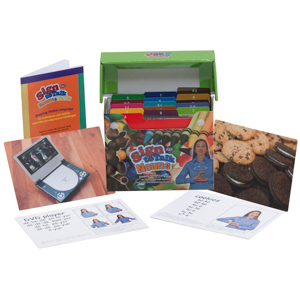 The K&K Sign to Talk Nouns and Sign to Talk Verbs are a trusted resource designed to shape verbal language specifically for individuals with autism and other developmental challenges. It’s back to school time and we’re dropping the price of the cards by $20! The Sign to Talk Nouns are now $139 and the Verbs are $119!
The K&K Sign to Talk Nouns and Sign to Talk Verbs are a trusted resource designed to shape verbal language specifically for individuals with autism and other developmental challenges. It’s back to school time and we’re dropping the price of the cards by $20! The Sign to Talk Nouns are now $139 and the Verbs are $119!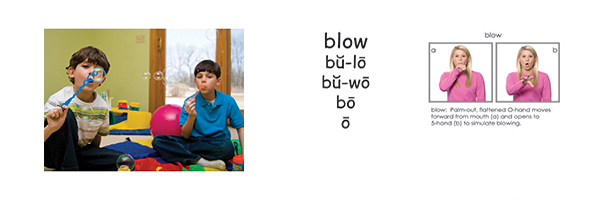 Take advantage of the new low price on these excellent teaching tools while you can!
Take advantage of the new low price on these excellent teaching tools while you can!
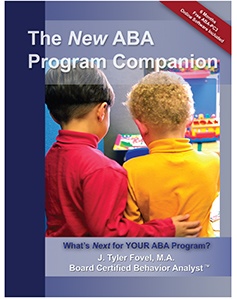 We’re thrilled to introduce
We’re thrilled to introduce 